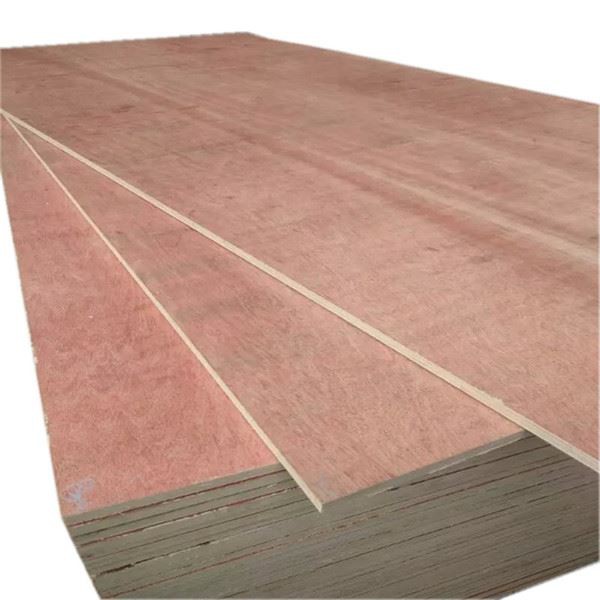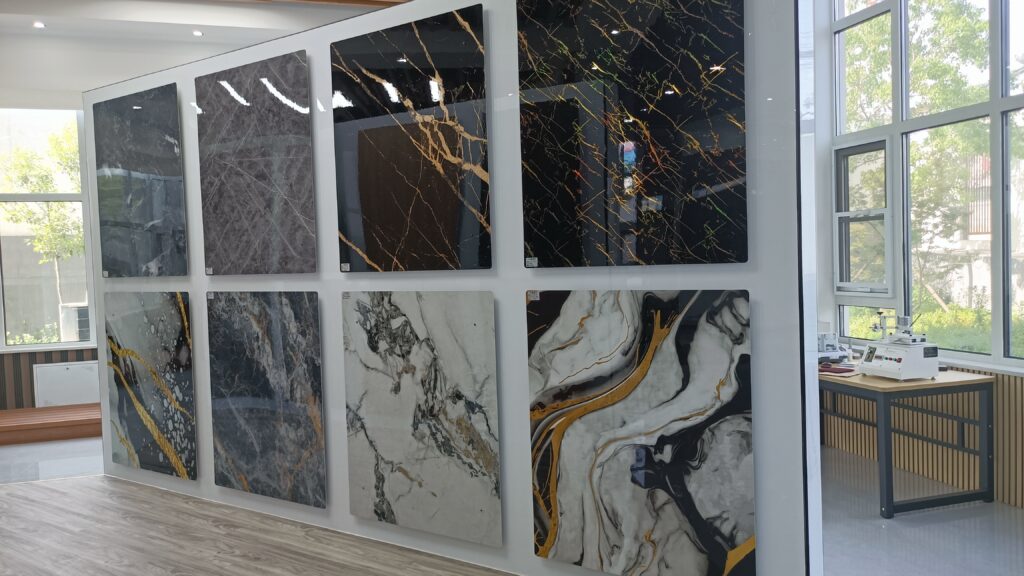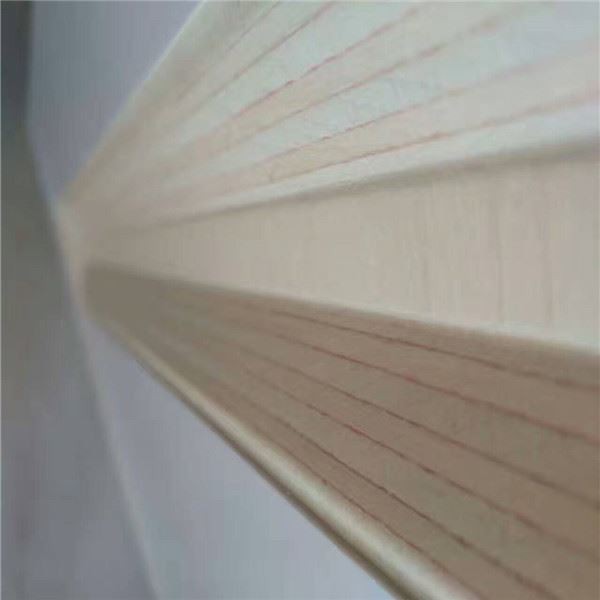
Basic Principles Of Plywood
In order to improve the anisotropic properties of natural wood as much as possible, and make the plywood have uniform characteristics and stable shape, generally plywood must comply with two basic principles in structure: one is symmetry; the other is that the fibers of adjacent layers of veneer are perpendicular to each other. The principle of symmetry requires that the veneers on both sides of the center plane of symmetry of the plywood should be symmetrical to each other regardless of the nature of the wood, the thickness of the veneer, the number of layers, the fiber direction, and the moisture content. In the same plywood, you can use veneers of a single species and thickness, or veneers of different species and thicknesses; however, any two layers of symmetrical veneers on both sides of the center plane of symmetry must have the same species and thickness. The face and back panel may not be the same tree species. To make the structure of plywood meet the above two basic principles at the same time, its number of layers should be odd. Therefore, plywood is usually made of three layers, five layers, seven layers and other odd layers. The names of each layer of plywood are: the surface veneer is called the surface board, the inner veneer is called the core board; the front surface board is called the front board, and the back surface board is called the back board; in the core board, the fiber direction is parallel to the surface board It is called long core board or middle board. When forming the cavity table slab, the face plate and the back plate must face outwards tightly.





